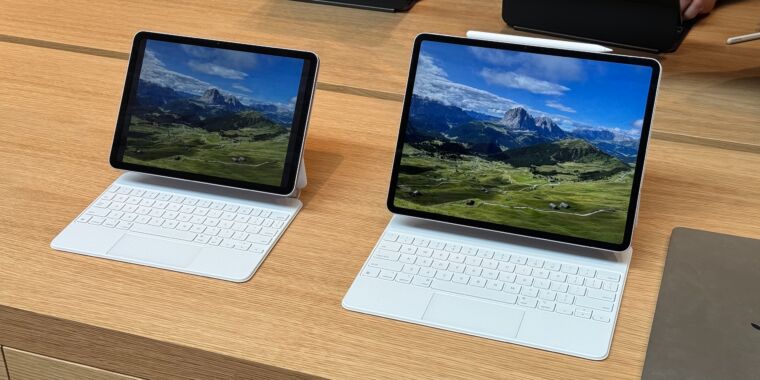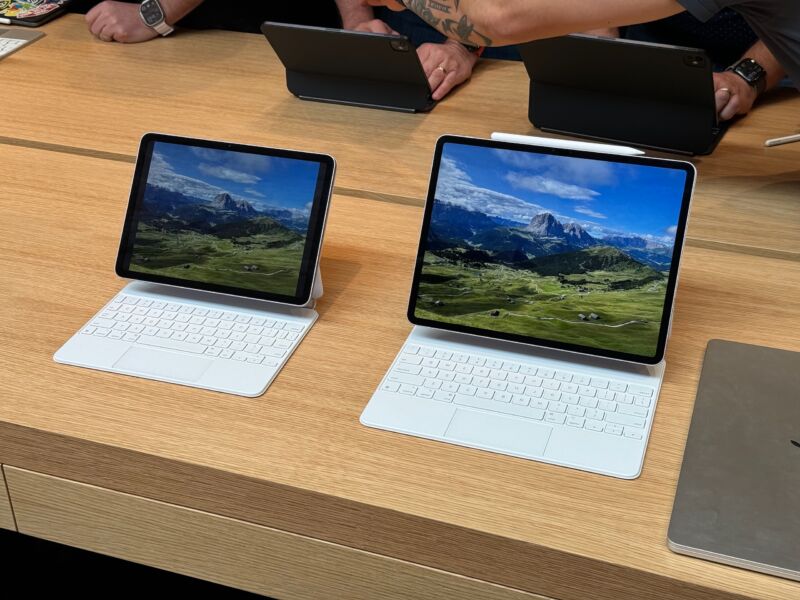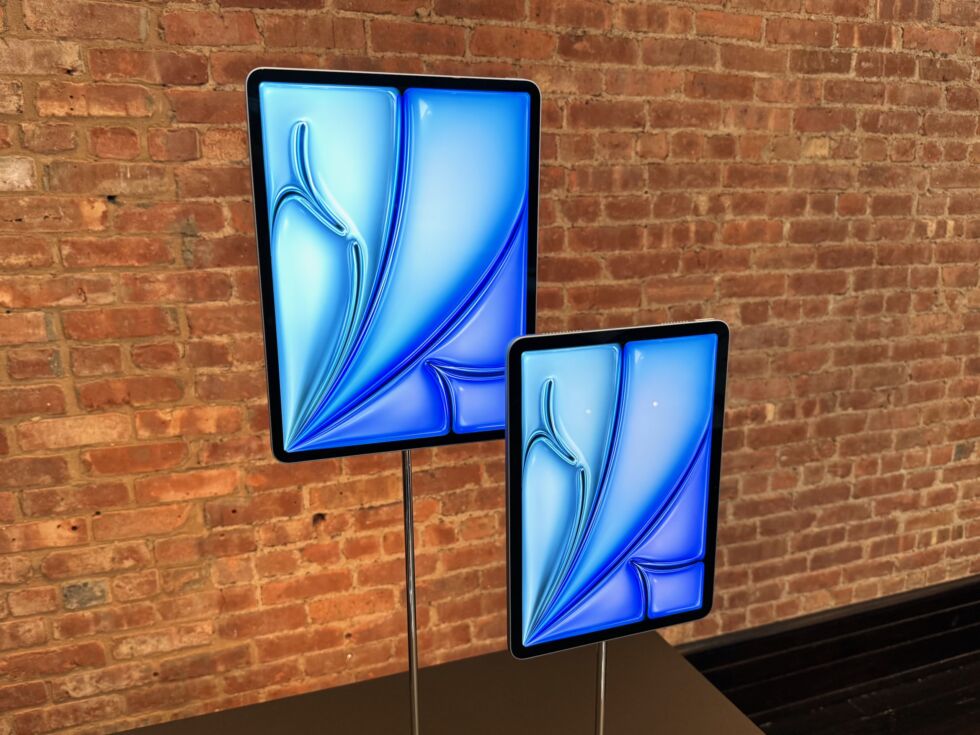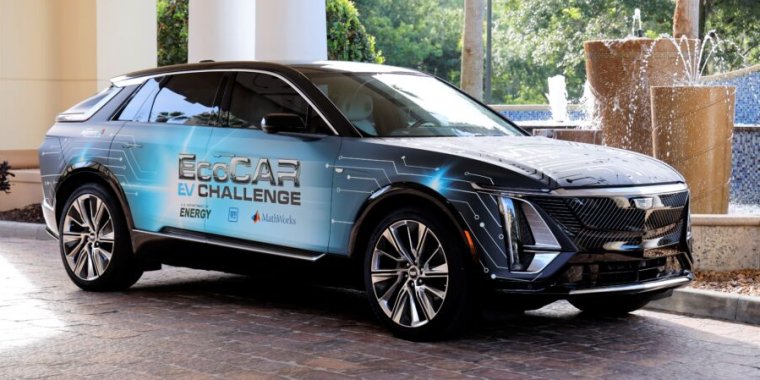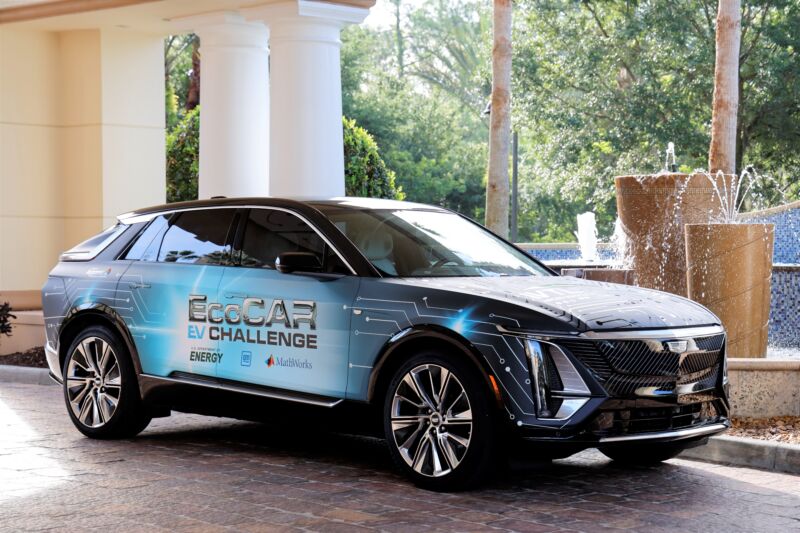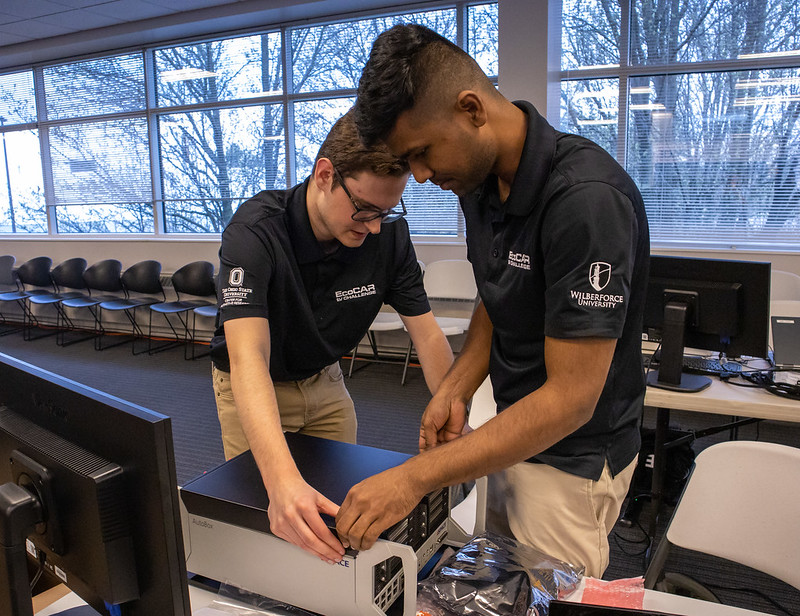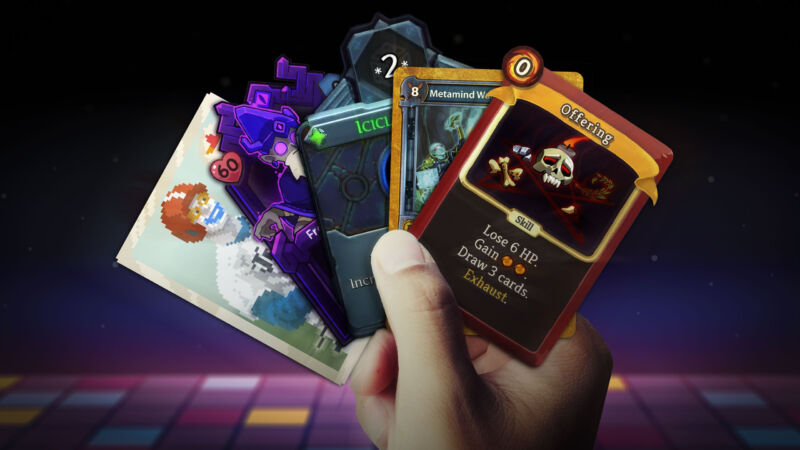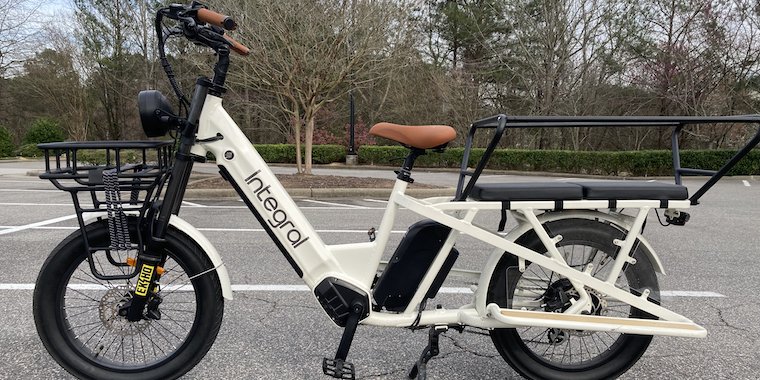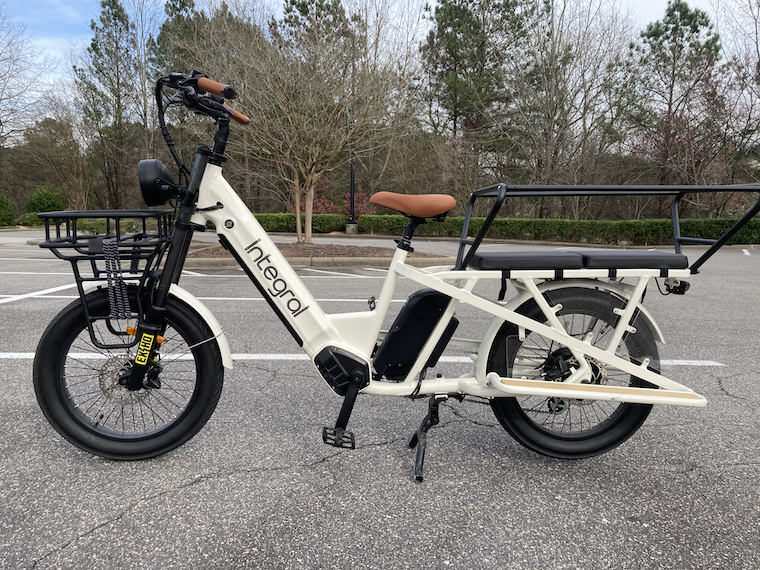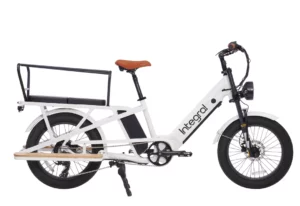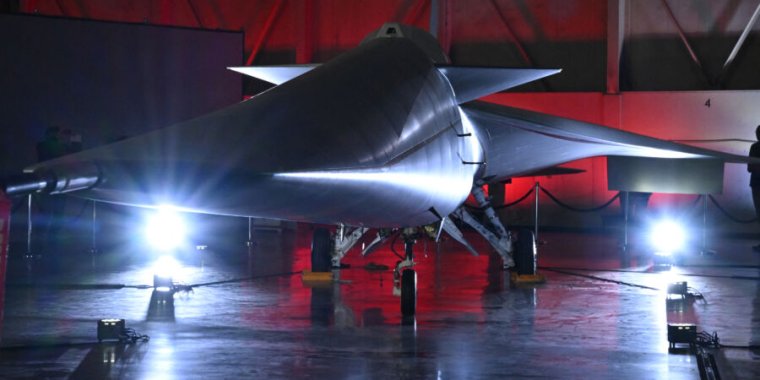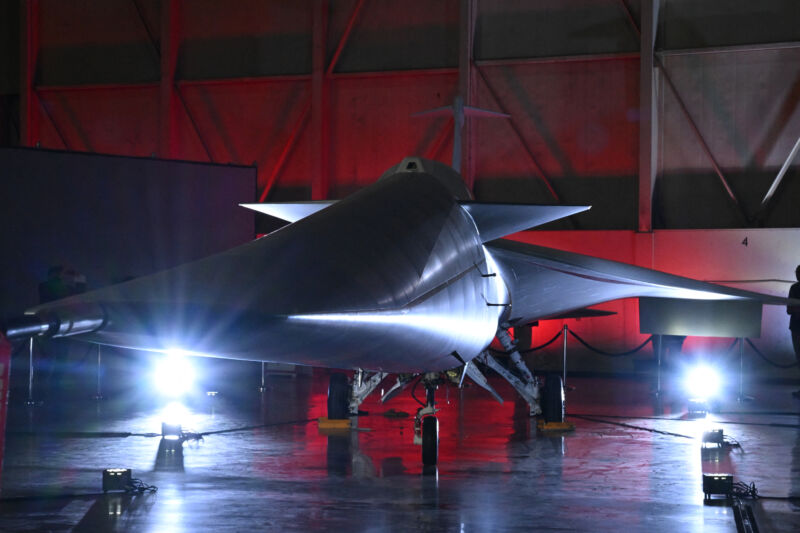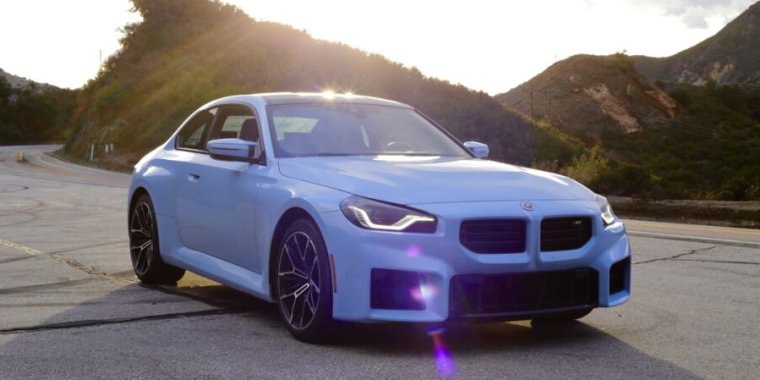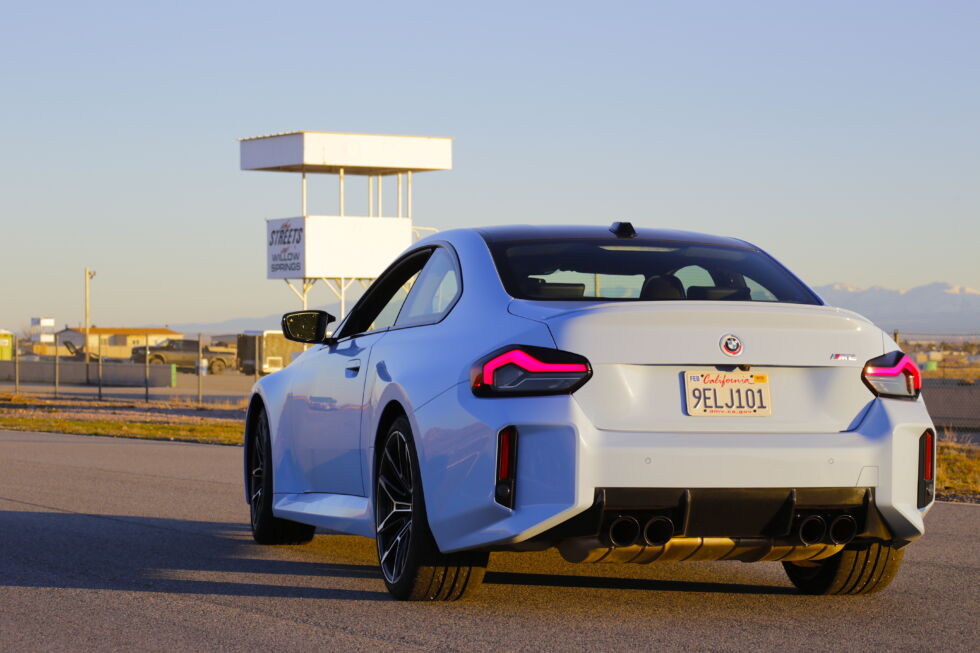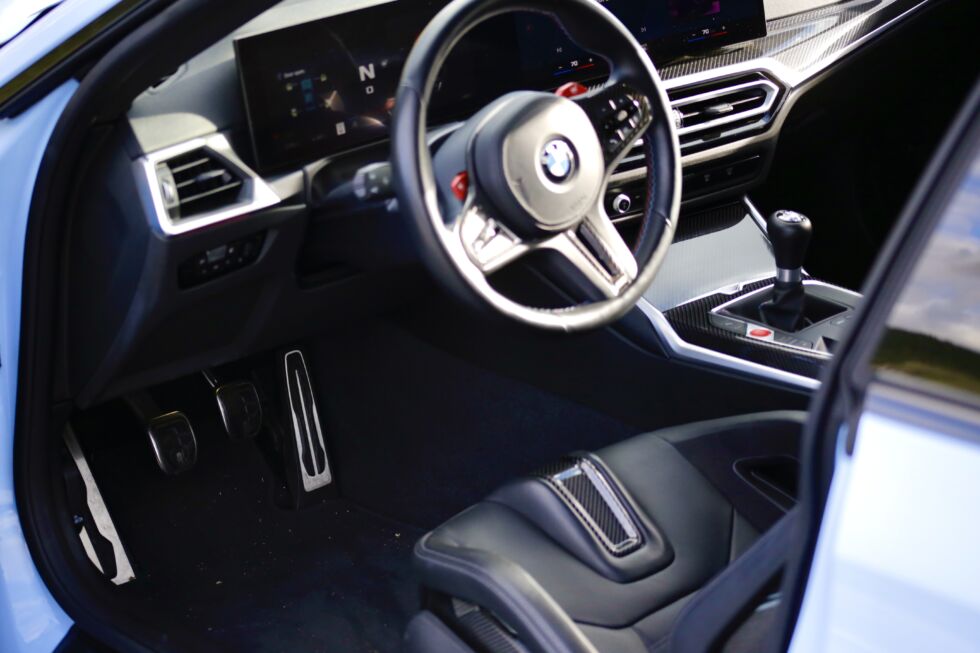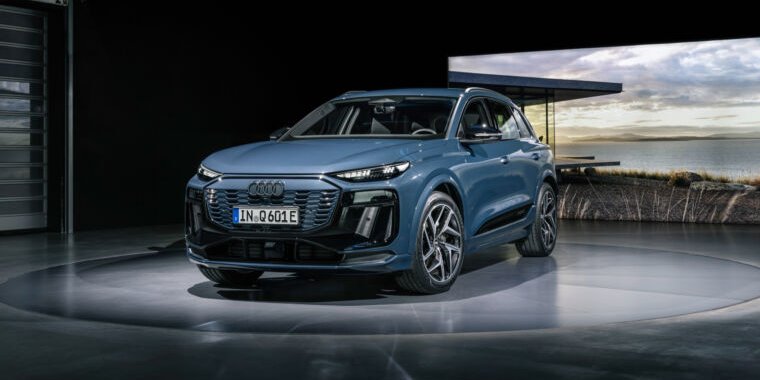Outdoing the dinosaurs: What we can do if we spot a threatening asteroid

Enlarge / We’d like to avoid this.
Science Photo Library/Andrzej Wojcicki/Getty Images
In 2005, the United States Congress laid out a clear mandate: To protect our civilization and perhaps our very species, by 2020, the nation should be able to detect, track, catalog, and characterize no less than 90 percent of all near-Earth objects at least 140 meters across.
As of today, four years after that deadline, we have identified less than half and characterized only a small percentage of those possible threats. Even if we did have a full census of all threatening space rocks, we do not have the capabilities to rapidly respond to an Earth-intersecting asteroid (despite the success of NASA’s Double-Asteroid Redirection Test (DART) mission).
Some day in the finite future, an object will pose a threat to us—it’s an inevitability of life in our Solar System. The good news is that it’s not too late to do something about it. But it will take some work.
Close encounters
The dangers are, to put it bluntly, everywhere around us. The International Astronomical Union’s Minor Planet Center, which maintains a list of (no points award for guessing correctly) minor planets within the Solar System, has a running tally. At the time of the writing of this article, the Center has recorded 34,152 asteroids with orbits that come within 0.05 AU of the Earth (an AU is one astronomical unit, the average distance between the Earth and the Sun).
These near-Earth asteroids (or NEAs for short, sometimes called NEOs, for near-Earth objects) aren’t necessarily going to impact the Earth. But they’re the most likely ones to do it; in all the billions of kilometers that encompass the wide expanse of our Solar System, these are the ones that live in our neighborhood.
And impact they do. The larger planets and moons of our Solar System are littered with the craterous scars of past violent collisions. The only reason the Earth doesn’t have the same amount of visible damage as, say, the Moon is that our planet constantly reshapes its surface through erosion and plate tectonics.
It’s through craters elsewhere that astronomers have built up a sense of how often a planet like the Earth experiences a serious impact and the typical sizes of those impactors.
Tiny things happen all the time. When you see a beautiful shooting star streaking across the night sky, that’s from the “impact” of an object somewhere between the size of a grain of sand and a tiny pebble striking our atmosphere at a few tens of thousands of kilometers per hour.
Every few years or so, an object 10 meters across hits us; when it does, it delivers energy roughly equivalent to that of our earliest atomic weapons. Thankfully, most of the Earth is open ocean, and most impactors of this class burst apart in the upper atmosphere, so we typically don’t have to worry too much about them.
The much larger—but thankfully much rarer—asteroids are what cause us heartburn. This is where we get into the delightful mathematics of attempting to calculate an existential risk to humanity.
At one end of the scale, we have the kind of stuff that kills dinosaurs and envelops the globe in a shroud of ash. These rocks are several kilometers across but only come into Earth-crossing trajectories every few million years. One of them would doom us—certainly our civilization and likely our species. The combination of the unimaginable scale of devastation and the incredibly small likelihood of it occurring puts this kind of threat almost beyond human comprehension—and intervention. For now, we just have to hope that our time isn’t up.
Then there are the in-betweeners. These are the space rocks starting at a hundred meters across. Upon impact, they release a minimum of 30 megatons of energy, which is capable of leaving a crater a couple of kilometers across. Those kinds of dangers present themselves roughly every 10,000 years.
That’s an interesting time scale. Our written history stretches back thousands of years, and our institutions have existed for thousands of years. We can envision our civilization, our ways of life, and our humanity continuing into the future for thousands of years.
This means that at some point, either we or our descendants will have to deal with a threat of this magnitude. Not a rock large enough to hit the big reset button on life but powerful enough to present a scale of disaster not yet seen in human history.
Outdoing the dinosaurs: What we can do if we spot a threatening asteroid Read More »




